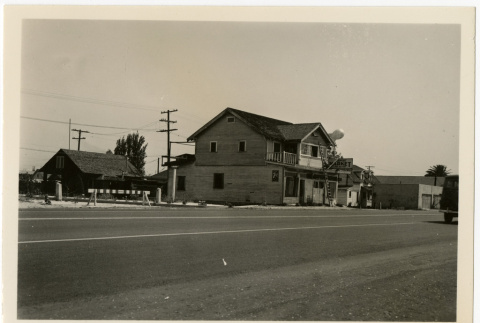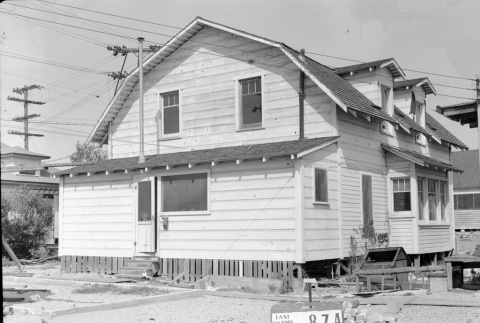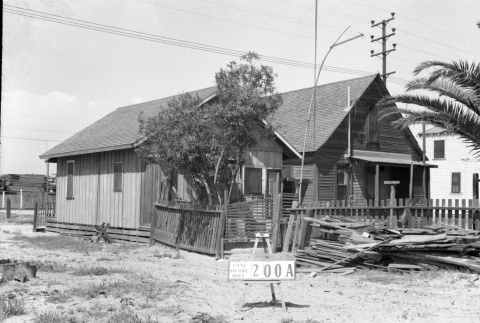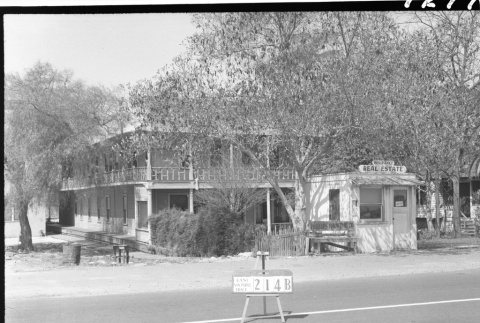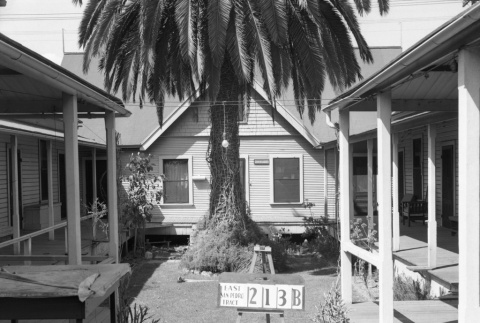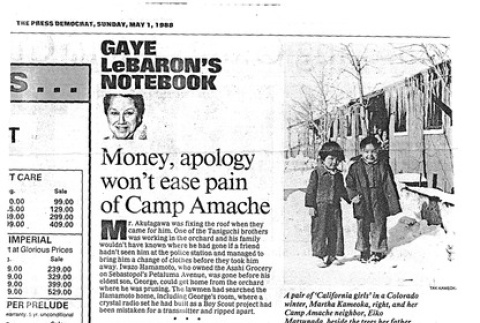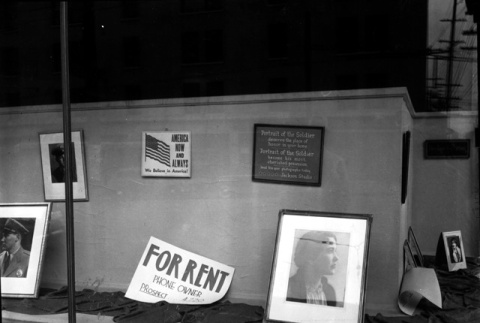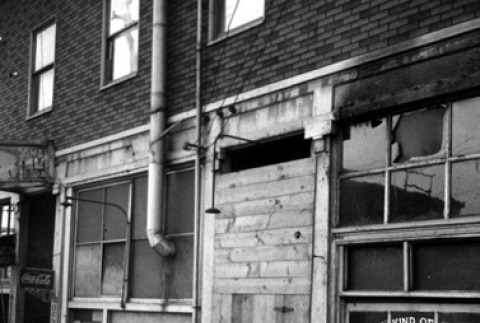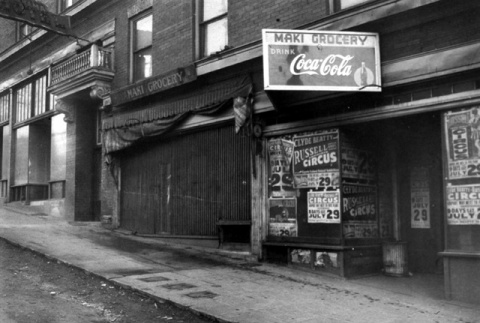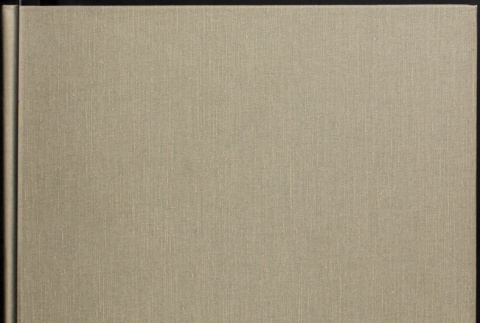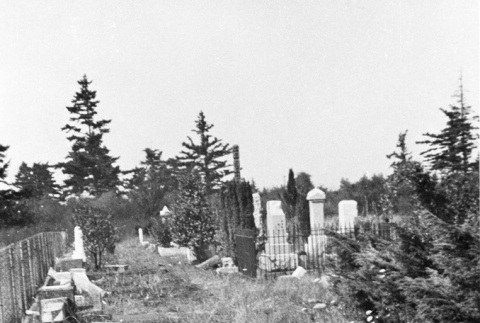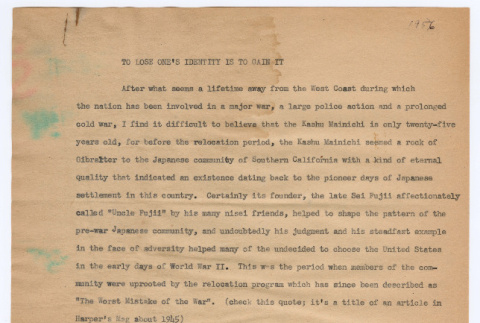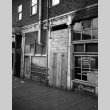Aftermath
The "evacuation" of Japanese Americans from their homes on the West Coast reduced once-thriving communities to ghost towns. Having only a week to prepare for the removal, many Japanese Americans were forced to board up and abandon businesses and homes. Rampant anti-Japanese sentiment in newspapers, theater newsreels, and radio broadcasts fueled acts of vandalism against the vacated neighborhoods.
World War II
(231)
Mass removal ("evacuation")
(668)
Aftermath
(304)
Related articles from the
Densho Encyclopedia :
Culbert Olson
304 items
304 items

img
House labeled East San Pedro Tract 122A (ddr-csujad-43-35)
Photograph number 1174 of a house on Terminal Island with a federal government warning sign attached. The sign in front of the house reads: East San Pedro Tract 122A. Negative scan. See this object in the California State Universities Japanese American Digitization project site: ter_01_056

img
Corner of North Seaside Avenue (ddr-csujad-43-226)
Photograph of North Seaside Avenue on Terminal Island. Airport Market is pictured to the left of the photograph with a barrage balloon floating nearby. The sign on the corner reads: Plot no. [number] 6 29 42. See this object in the California State Universities Japanese American Digitization project site: ter_04_017

img
Building labeled East San Pedro Tract 87A (ddr-csujad-43-89)
Photograph number 1233 of the side of a two story house or building on Terminal Island. Sign reads: East San Pedro Tract 87A. Negative scan. See this object in the California State Universities Japanese American Digitization project site: ter_01_115

img
House labeled East San Pedro Track 148A (ddr-csujad-43-52)
Photograph number 1192 of the side of a two story house on Terminal Island. Sign reads: East San Pedro Tract 148A. Negative scan. See this object in the California State Universities Japanese American Digitization project site: ter_01_073
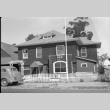
img
House labeled East San Pedro Tract 121A (ddr-csujad-43-57)
Photograph number 1197 of a two story house on Terminal Island that has a car parked in front. The sign behind the car reads: East San Pedro Tract 121A. Negative scan. See this object in the California State Universities Japanese American Digitization project site: ter_01_078

img
House labeled East San Pedro Tract 200A (ddr-csujad-43-105)
Photograph number 1289 of two houses on Terminal Island. A railroad track is most likely pictured behind the houses. Sign reads: East San Pedro Tract 200A. Negative scan. See this object in the California State Universities Japanese American Digitization project site: ter_01_136
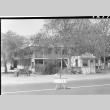
img
Real Estate office and building labeled East San Pedro Tract 214B (ddr-csujad-43-96)
Photograph number 1279 of a two story building, possibly a hotel, on Terminal Island. An insurance real state office and possibly Phillips Furniture Co. [Company] are pictured in front of the two story building. The sign in the street reads: East San Pedro Tract 214B. Negative scan. See this object in the California State Universities Japanese …
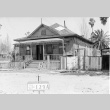
img
House labeled East San Pedro Tract 129A (ddr-csujad-43-150)
Photograph number 1496 of a house or residence on Terminal Island. Sign reads: East San Pedro tract 129A. Negative scan. See this object in the California State Universities Japanese American Digitization project site: ter_02_046
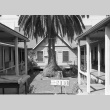
img
Glenburnie Rooms labeled East San Pedro Tract 213B (ddr-csujad-43-106)
Photograph number 1290 of most likely the Glenburnie Rooms on Terminal Island. The office of the hotel or rooms is pictured in the middle. Sign reads: East San Pedro Tract 213B. Negative scan. See this object in the California State Universities Japanese American Digitization project site: ter_01_137

doc
Money, apology won't ease pain of Camp Amache (ddr-csujad-56-319)
Gaye Lebaron's article titled: Money, apology won't ease pain of Camp Amache. Published in "The press Democrat" on Sunday May 1, 1988. The original image is housed with the Sonoma County Japanese American Citizens League (JACL), and was borrowed for digitization courtesy of the JACL. This image belongs to a group of images related to the …

vh
An Oral History with Sumiye Takeno, Part II (ddr-csujad-29-60)
An oral history with Sumiye Takeno, a current resident of Denver, Colorado. This interview was conducted for the Japanese American Oral History Project by California State University, Fullerton. The purpose of this interview was to gather information regarding Takeno's incarceration and resettlement experience during World War II. Specifically, the interview covers her childhood in Florin, California, …

vh
An Oral History with Sumiye Takeno, Part I (ddr-csujad-29-59)
An oral history with Sumiye Takeno, a current resident of Denver, Colorado. This interview was conducted for the Japanese American Oral History Project by California State University, Fullerton. The purpose of this interview was to gather information regarding Takeno's incarceration and resettlement experience during World War II. Specifically, the interview covers her childhood in Florin, California, …

img
Nihonmachi (Japantown) after mass removal (ddr-densho-36-9)
The stores on this block of Sixth Avenue South were closed and boarded up when their Japanese American operators were removed.
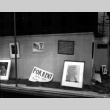
img
Nihonmachi (Japantown) after mass removal (ddr-densho-36-11)
This is the window of the Jackson Photo Studio, located at 624 Jackson Street. The studio was closed when the Japanese American operators were incarcerated. Note the "For Rent" sign in the window and the sign with the American flag.
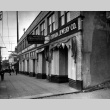
img
Japantown after mass removal (ddr-densho-36-51)
Japanese Americans were given little time to take care of their personal and business affairs once the exclusion orders were posted. Many businesses were either permanently closed or boarded-up for the duration of World War II. Shown here is 602 to 612 Jackson Street in Seattle's Nihonmachi, or Japantown.
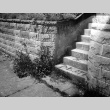
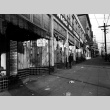
img
Nihonmachi (Japantown) after mass removal (ddr-densho-36-10)
The Higo Ten-Cent Store, located on Jackson Street. The Murakamis were able to reopen their store after the war because they were able to pay property taxes while interned. Higo Variety Store was run by Aya and Masako Murakami after the war.
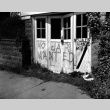
img
Racial epithet (ddr-densho-36-7)
This racial epithet was painted on the garage door of a Japanese American. The photo may have been taken during the resettlement period.
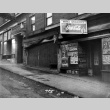
img
Nihonmachi (Japantown) after mass removal (ddr-densho-36-52)
The Maki Grocery was located at 605 Main Street in Seattle's Nihonmachi. The store was owned by Kiyoichi Maki.
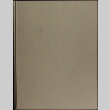
doc
American Concentration Camps VOLUME 2 January 1, 1942- February 19, 1942 (ddr-densho-372-2)
Volume 2 divides into two sections. Description about this volume reads directly from the book as follows: The first section features archival documents that show chiefly how the decision to relocate the West Coast Japanese evolved from conflicting views both outside and inside the executive branch. The second section features reports of the Anti-Axis Committee, Los …
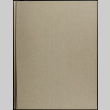
doc
American Concentration Camps VOLUME 3 February 20, 1942- March 31, 1942 (ddr-densho-372-3)
Volume 3 divides into 4 sections. Description about this volume reads directly from the book as follows: Section 1 contains archival documents from February 20, 1942 to March 19, 1942 regarding the basic decision of how to remove more than 100,000 human beings which was delegated to General De Witt and his staff. Section 2 contains …
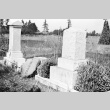
img
Cemetery vandalism (ddr-densho-37-287)
Original WRA caption: Vandalism in the Japanese Cemetary.
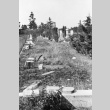
img
Cemetery vandalism (ddr-densho-37-286)
Original WRA caption: Vandalism in the Japanese Cemetary.
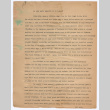
doc
To Lose One's Identity Is to Gain It (ddr-densho-468-230)
Transcript of speech (or essay) commemorating the 25th anniversary of Kashu Mainichi, dated 1956

